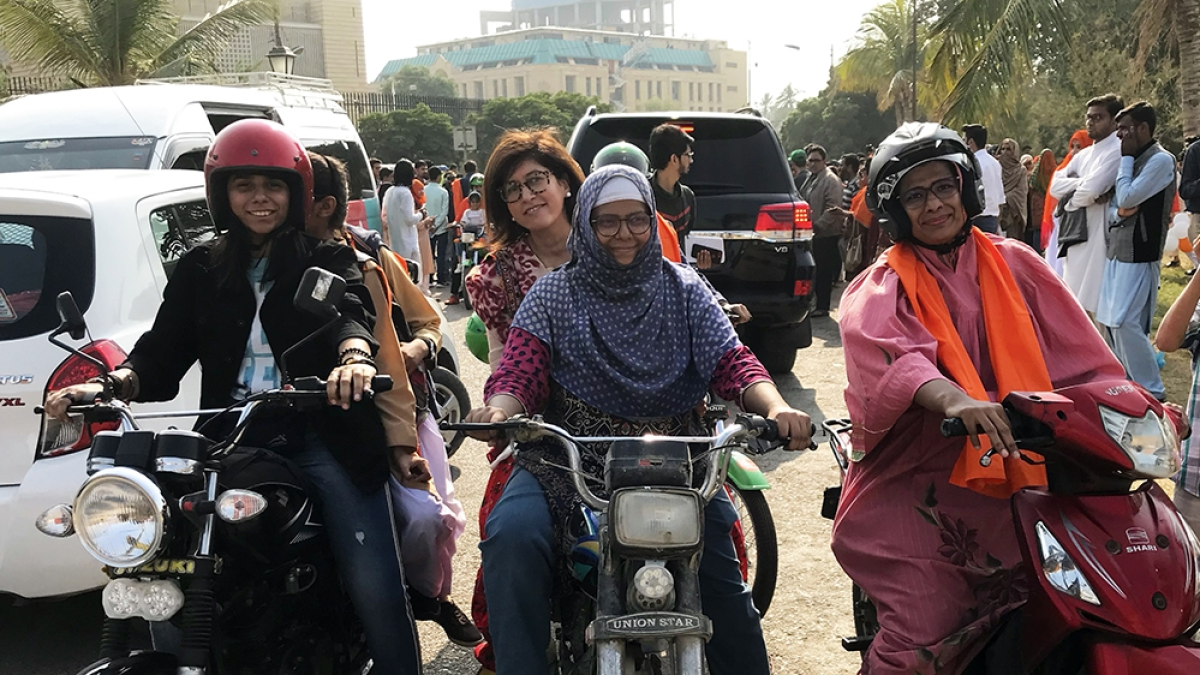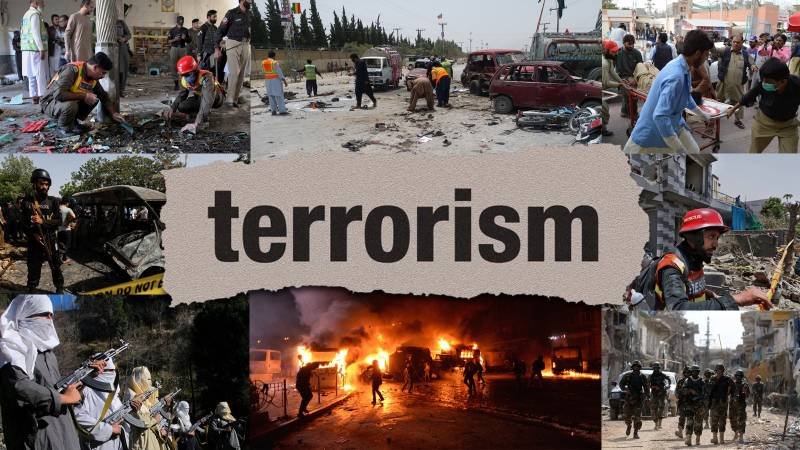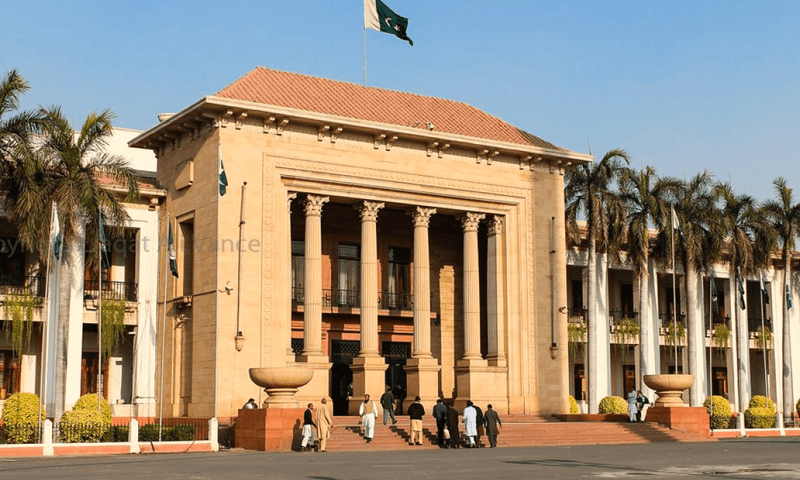Editorial
As Lahore consistently secures its place among the world’s most polluted cities, the urgency of the air quality nightmare cannot be overstated. The Air Quality Index (AQI) often surpasses dangerous levels, with recent readings hitting a staggering 1,194, a figure that should jolt us into action. This persistent winter smog, a deadly cocktail of fog and pollutants, is primarily a result of vehicle emissions, industrial discharges, and the seasonal burning of agricultural stubble. Despite government efforts, such as temporary school closures and restricted activities in severely affected areas, the situation continues to deteriorate, demanding immediate and effective solutions.
The health implications of such extreme pollution are alarming. Fine particulate matter (PM2.5) in Lahore’s atmosphere has surged to levels more than 122 times the World Health Organization’s safety limits, endangering vulnerable populations such as children and the elderly. Compounding the local pollution crisis is the transboundary impact from agricultural burning in neighboring regions, particularly India, necessitating concerted climate diplomacy efforts. Punjab Chief Minister Maryam Nawaz’s advocacy for such collaboration offers a glimmer of hope, emphasizing the urgent need for cross-border strategies to alleviate the smog’s impact.
However, regional cooperation alone cannot solve Lahore’s environmental challenges. The ongoing crisis underscores the need for comprehensive domestic policy reform. A transition to cleaner energy, improved sustainable public transport, and stricter emission controls are crucial. We need to move beyond reactive measures like school closures or temporary lockdowns. Punjab’s proactive approach with its ‘Roadmap for Smog Mitigation in Punjab 2024-2025’ is a step in the right direction, proposing targeted interventions. The key to a sustainable future lies in prioritizing sustainable farming practices and providing farmers with viable alternatives to stubble burning.
It’s not enough for both provincial and federal governments to acknowledge the crisis through reactive strategies. Lahore’s pollution issues demand structural changes, regional collaboration, and a steadfast commitment to environmental sustainability. We need enhanced urban planning, more green spaces, and regular air quality monitoring with accessible real-time data. The gravity of the situation necessitates immediate and comprehensive action, not just acknowledgment.













